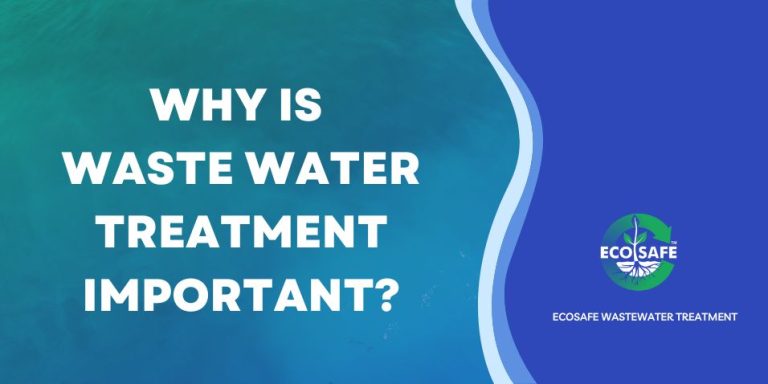Indicators on Reclaim Waste You Need To Know
Rumored Buzz on Reclaim Waste
Table of ContentsRumored Buzz on Reclaim Waste8 Simple Techniques For Reclaim WasteNot known Incorrect Statements About Reclaim Waste The Main Principles Of Reclaim Waste 9 Easy Facts About Reclaim Waste Explained
Domestic sewer waste refers to the waste and items from a residential septic container. The appropriate management and disposal of residential sewer waste need liquid waste to be moved to a sewage treatment plant where the correct techniques and tools are applied to cleanse and dispose of waste.
Commercial waste commonly consists of potential dangers, such as combustible materials or a mix of fluid and strong waste items, and calls for a much more sophisticated and detailed disposal process. The disposal of industrial waste normally includes the purification of waste before transportation to guarantee risk-free and correct disposal. Hazardous waste is created from byproducts and runoff of industrial processes and manufacturing.
This type of waste can not make use of the very same sewer management transportation or processes as septic or commercial liquids. The hazardous waste administration procedure needs the evaluation and screening of fluid waste before it undertakes the disposal procedure (liquid waste disposal melbourne). Drainage waste is the liquid waste that comes from overflow and excess stormwater in highly populated areas or cities
Overflow waste can cause contamination and flooding if not handled correctly. Guaranteeing proper waste monitoring can protect against catastrophes and decrease environmental injury.
Not known Details About Reclaim Waste
Get in touch with PROS Services today to find out about our waste management and disposal services and the appropriate means to care for the liquid waste you generate.
(https://www.blogtalkradio.com/reclaimwaste1)This supposed 'wastewater' is not just a vital source yet, after treatment, will certainly be released to our land, waterways or the sea. Used water from bathrooms, showers, bathrooms, kitchen sinks, laundries and commercial processes is understood as wastewater.

water utilized to cool down machinery or tidy plant and equipment). Stormwater, a kind of wastewater, is runoff that streams from farming and urban locations such as roofings, parks, gardens, roads, courses and rain gutters right into stormwater drains, after rainfall. Stormwater moves untreated straight to local creeks or rivers, ultimately getting to the sea.
Some Known Details About Reclaim Waste
In Queensland, most wastewater is treated at sewer therapy plants. Wastewater is delivered from domestic or industrial sites with a system of sewage systems and pump terminals, called sewerage reticulation, to a sewage treatment plant. City governments develop, preserve and operate most sewage treatment plants. Operators are accredited under the Environmental Security Act 1994 to release cured wastewater at an appropriate ecological requirement into waterways.
The Division of Natural Resources recommends local governments concerning handling, operating and preserving sewerage systems and therapy plants. In unsewered locations, regional governments might need homeowners to install specific or family sewage therapy systems to deal with domestic wastewater from commodes, cooking areas, shower rooms and laundries. The Division of Natural Resources authorizes using house systems when they are confirmed to be efficient.
Many stormwater obtains no therapy. In some see this page new communities, treatment of some stormwater to remove litter, sand and gravel has begun utilizing gross pollutant traps. Wastewater therapy happens in 4 stages: Removes strong matter. Larger solids, such as plastics and various other items wrongly discharged to sewage systems, are eliminated when wastewater is travelled through displays.
Uses small living organisms recognizes as micro-organisms to break down and remove continuing to be dissolved wastes and fine bits. Micro-organisms and wastes are included in the sludge.
The 2-Minute Rule for Reclaim Waste
Nutrient removal is not available at all sewer therapy plants because it requires expensive specialized tools. Clear liquid effluent produced after therapy might still include disease-causing micro-organisms - liquid waste disposal.

Most wastewater moves into the sewage system. Under the Act, local federal governments administer authorizations and licences for ecologically relevant tasks (ERAs) including wastewater launches that might have a neighborhood effect.
Unknown Facts About Reclaim Waste
Otherwise, examples are considered lab evaluation. Often lots of examinations are required to develop the degrees of each of the various pollutants such as oils, heavy metals and pesticides in water. Tracking supplies valid details concerning water quality and can confirm that licence conditions are being satisfied. The info gotten via monitoring offers the basis for making water high quality decisions.